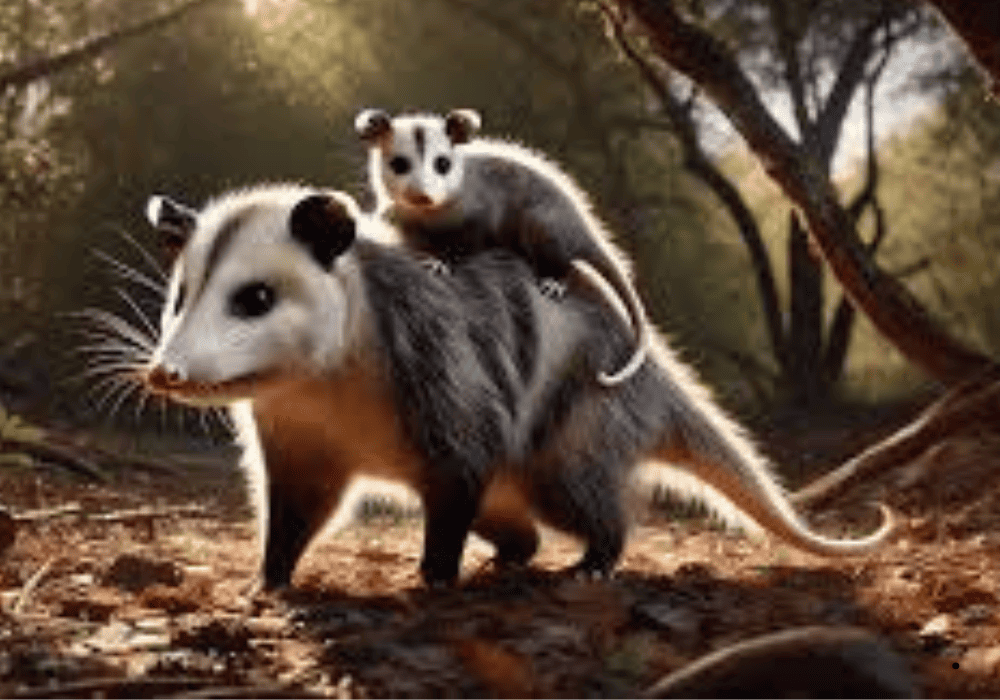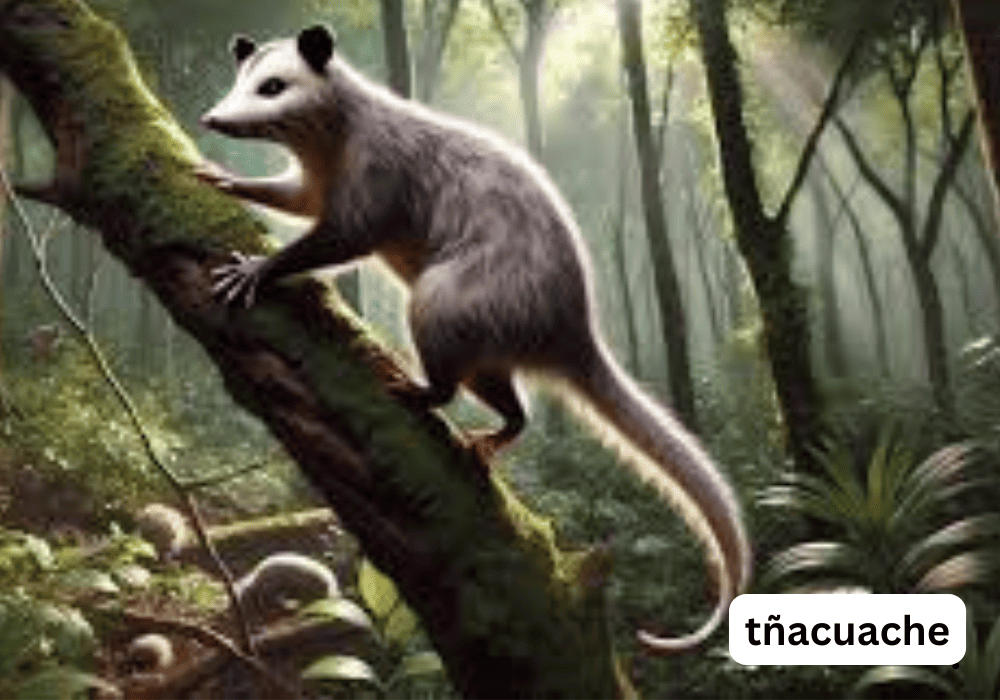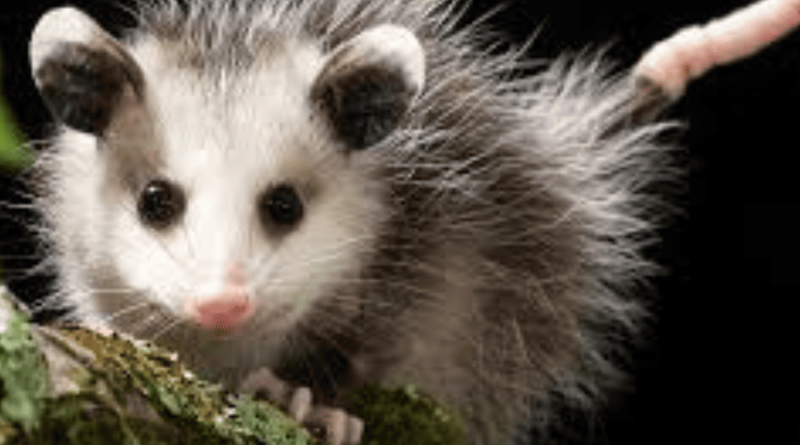The Ultimate Guide to Tñacuache: Everything You Need to Know About This Mysterious Creature
Hey there! If you’ve stumbled upon the word tñacuache, you’re probably curious about what it means and what makes this creature so intriguing. Whether you’re a nature enthusiast, a fan of wildlife, or simply someone who loves learning about unique animals, you’re in for a treat. The tñacuache—sometimes spelled as “tlacuache” in other regions—refers to a type of opossum native to Mexico and other parts of Central America.
In this comprehensive guide, we’ll explore everything there is to know about the tñacuache—its characteristics, habits, cultural significance, and the role it plays in its ecosystem. We’ll also dive into some common misconceptions, and, of course, answer your burning questions about this mysterious animal.
By the end of this article, you’ll not only understand what makes the tñacuache unique, but you’ll also appreciate why it’s such an important part of local folklore and wildlife.
What Is a Tñacuache?
Let’s start with the basics. The tñacuache is a species of opossum that belongs to the family Didelphidae. In many Latin American countries, particularly in Mexico, the term “tñacuache” or “tlacuache” is used to describe this nocturnal marsupial. While it’s commonly referred to as an opossum, it’s important to note that the tñacuache is distinct from its North American cousin, the Virginia opossum.
Physical Characteristics of a Tñacuache
At first glance, the tñacuache might seem like a small, furry creature with a prehensile tail that makes it easily recognizable. However, there’s more to this fascinating animal than just its looks. Let’s break down some of the tñacuache’s key physical traits:
- Size: Most tñacuaches are medium-sized, generally measuring between 30 to 50 cm in body length, with a tail that’s almost as long as their body.
- Tail: The tñacuache’s tail is perhaps one of its most distinctive features. It’s prehensile, meaning it can grasp and hold objects, making it a useful tool for climbing and balancing in trees.
- Fur Color: The fur of a tñacuache can vary but is typically grayish with darker streaks. Some species have white or lighter-colored faces, which stand out in the darkness.
- Pouch: Being a marsupial, female tñacuaches have a pouch where they carry their young after birth, a characteristic they share with animals like kangaroos and koalas.
- Teeth and Diet: With their sharp teeth and omnivorous diet, tñacuaches will eat almost anything—fruits, small animals, insects, and even carrion.
Where Can You Find a Tñacuache?

The tñacuache is most commonly found in Mexico and other Central American countries, but its range can extend into parts of South America. Tñacuaches thrive in forested regions, though they’re highly adaptable and can often be found near human settlements. In fact, due to urban expansion, it’s not uncommon to spot a tñacuache rummaging through garbage bins in search of food.
Despite being skilled climbers, tñacuaches are equally at home on the ground, where they forage for food and build their nests. Their adaptability to different environments, including suburban areas, has allowed them to survive and even thrive in regions heavily impacted by human activity.
Tñacuache Behavior: What Makes Them Unique?
Tñacuaches are nocturnal creatures, which means they’re most active during the night. They’re shy, solitary animals that prefer to avoid human contact, although they will venture near human settlements in search of food if necessary.
Playing Dead
One of the tñacuache’s most famous traits is its ability to play dead when threatened, a behavior known as thanatosis. When a tñacuache feels cornered by a predator, it will collapse and enter a comatose-like state, appearing lifeless to potential threats. This defensive tactic is incredibly effective, as many predators lose interest in prey they think is already dead.
Diet and Foraging
Tñacuaches are opportunistic feeders, which means they’ll eat a wide variety of foods depending on what’s available. Their diet can include:
- Fruits and berries: A staple in their diet, especially in forested areas.
- Insects and small animals: Tñacuaches will hunt for insects, mice, and birds if the opportunity arises.
- Carrion: They’re not picky eaters and will feed on dead animals.
- Human food waste: As they adapt to urban environments, tñacuaches are often found scavenging through garbage for scraps.
Their varied diet is one of the reasons why they’re able to live in so many different types of environments.
Cultural Significance of the Tñacuache
In many Latin American cultures, the tñacuache holds a special place in folklore and mythology. Known for its cunning and cleverness, the tñacuache is often depicted in stories as a trickster figure, using its wits to outsmart larger animals and humans alike.
Myth of Fire and the Tñacuache
One of the most famous myths involving the tñacuache comes from Mexican folklore, where the creature is credited with bringing fire to humanity. According to the story, long ago, humans had no fire and suffered through cold nights. The clever tñacuache, feeling pity for the people, decided to steal fire from the gods. It did so by hiding a burning ember in its tail, which is why, according to the myth, the tñacuache’s tail is hairless to this day.
Symbol of Survival and Adaptability
In modern times, the tñacuache has become a symbol of resilience and adaptability, admired for its ability to thrive in both wild and urban environments. Its behavior—especially its knack for playing dead to avoid danger—has led some to view the tñacuache as a creature with a strong will to survive, even in the face of adversity.
The Role of Tñacuache in the Ecosystem
The tñacuache plays a vital role in its ecosystem, acting as both a predator and prey. By controlling insect populations and feeding on carrion, they help keep ecosystems balanced and clean. Tñacuaches also contribute to seed dispersal through their diet of fruits and berries, helping to maintain the health of forests and other habitats.
At the same time, tñacuaches are an important food source for a variety of predators, including owls, foxes, and coyotes. Their presence in an ecosystem supports a healthy food chain.
Misconceptions and Myths About Tñacuaches

Despite their ecological importance, tñacuaches are often misunderstood and even feared by some. Let’s address some of the common misconceptions surrounding these fascinating creatures.
Are Tñacuaches Dangerous?
No, tñacuaches are not dangerous to humans. While they may hiss or growl when threatened, they rarely attack unless cornered, and even then, they’re more likely to play dead than to fight back. In fact, tñacuaches are generally shy creatures that prefer to avoid humans altogether.
Do Tñacuaches Carry Diseases?
Like many wild animals, tñacuaches can carry diseases, but the risk of them transmitting diseases to humans is low. One disease that is sometimes associated with opossums is leptospirosis, a bacterial infection that can be spread through contact with urine or contaminated water. However, tñacuaches are less likely than other animals, like rats, to spread diseases to humans.
Are Tñacuaches a Pest?
In some areas, tñacuaches are considered pests because they raid garbage cans and eat pet food. However, it’s important to remember that tñacuaches are simply trying to survive in environments that have been altered by human activity. They can actually be beneficial by controlling pests like insects and rodents.
How to Live in Harmony with Tñacuaches
If you live in an area where tñacuaches are common, there are a few simple steps you can take to coexist peacefully with these creatures:
- Secure your garbage: Make sure that your garbage cans have tight-fitting lids to prevent tñacuaches from scavenging.
- Remove food sources: Don’t leave pet food or birdseed out overnight, as this can attract tñacuaches and other wildlife.
- Seal entry points: If you want to prevent tñacuaches from entering your home, check for any holes or gaps in your foundation, roof, or walls, and seal them up.
By following these steps, you can reduce the likelihood of a tñacuache making itself at home on your property while still allowing it to live peacefully in your area.
Tñacuache Conservation Status
The tñacuache is not currently listed as an endangered species, and its population is considered stable. However, like many other animals, tñacuaches face threats from habitat destruction, urbanization, and vehicle collisions. Their ability to adapt to a wide range of environments has helped them survive these challenges, but it’s still important to be mindful of how human activities impact their habitats.
Conservation efforts aimed at preserving natural forests and reducing urban sprawl will help ensure that tñacuaches continue to thrive in the wild.
Tñacuache vs. Possum: What’s the Difference?
You might be wondering if the tñacuache is the same thing as a possum. While the terms are sometimes used interchangeably, there are differences between tñacuaches (opossums) and possums.
- Tñacuache (Opossum): Native to the Americas, tñacuaches are marsupials found in regions from Mexico down through Central and South America. The Virginia opossum, which is found in the United States and Canada, is also a member of the opossum family.
- Possum: In contrast, possums are marsupials found in Australia and New Guinea. Though they share some similar traits with opossums (like a pouch), they belong to a different family and are not closely related.
Frequently Asked Questions (FAQs)
1. What is a tñacuache?
A tñacuache is a type of opossum native to Mexico and Central America, known for its nocturnal habits, prehensile tail, and ability to play dead when threatened.
2. Are tñacuaches harmful to humans?
No, tñacuaches are generally shy and not harmful to humans. They may hiss or growl when scared, but they are not aggressive and prefer to avoid human interaction.
3. Do tñacuaches carry rabies?
While any mammal can technically carry rabies, tñacuaches are highly resistant to the virus. The risk of contracting rabies from a tñacuache is extremely low compared to other animals.
4. What role do tñacuaches play in the ecosystem?
Tñacuaches help control insect and rodent populations, clean up carrion, and aid in seed dispersal, making them an important part of the ecosystem.
Conclusion: The Marvel of the Tñacuache
The tñacuache is more than just a curious creature that shows up in your backyard—it’s a fascinating animal with a rich history in both culture and nature. From its adaptability and intelligence to its role in maintaining ecological balance, the tñacuache deserves recognition and respect.
By understanding more about the tñacuache, we can appreciate the important role it plays in the environment and learn to coexist with this clever, resourceful marsupial. Whether you’re interested in its mythological significance or its contributions to biodiversity, the tñacuache is a creature that continues to captivate and inspire.

